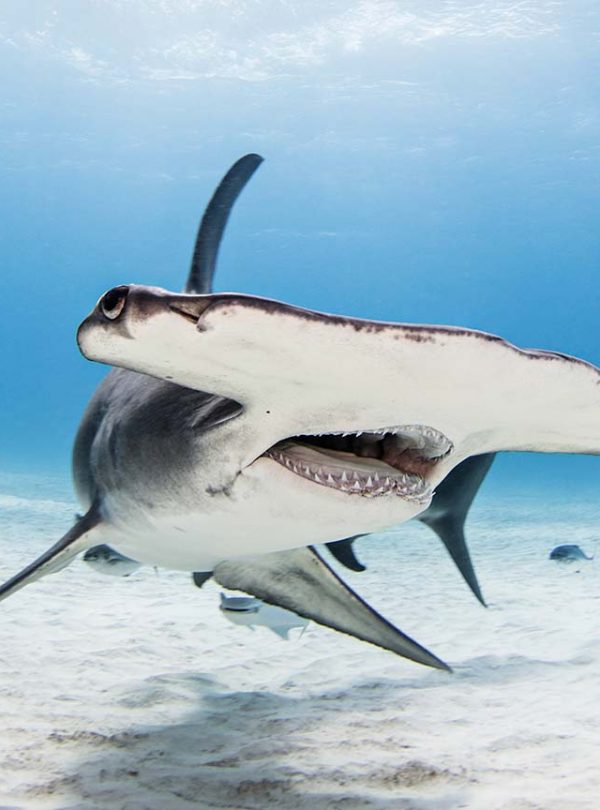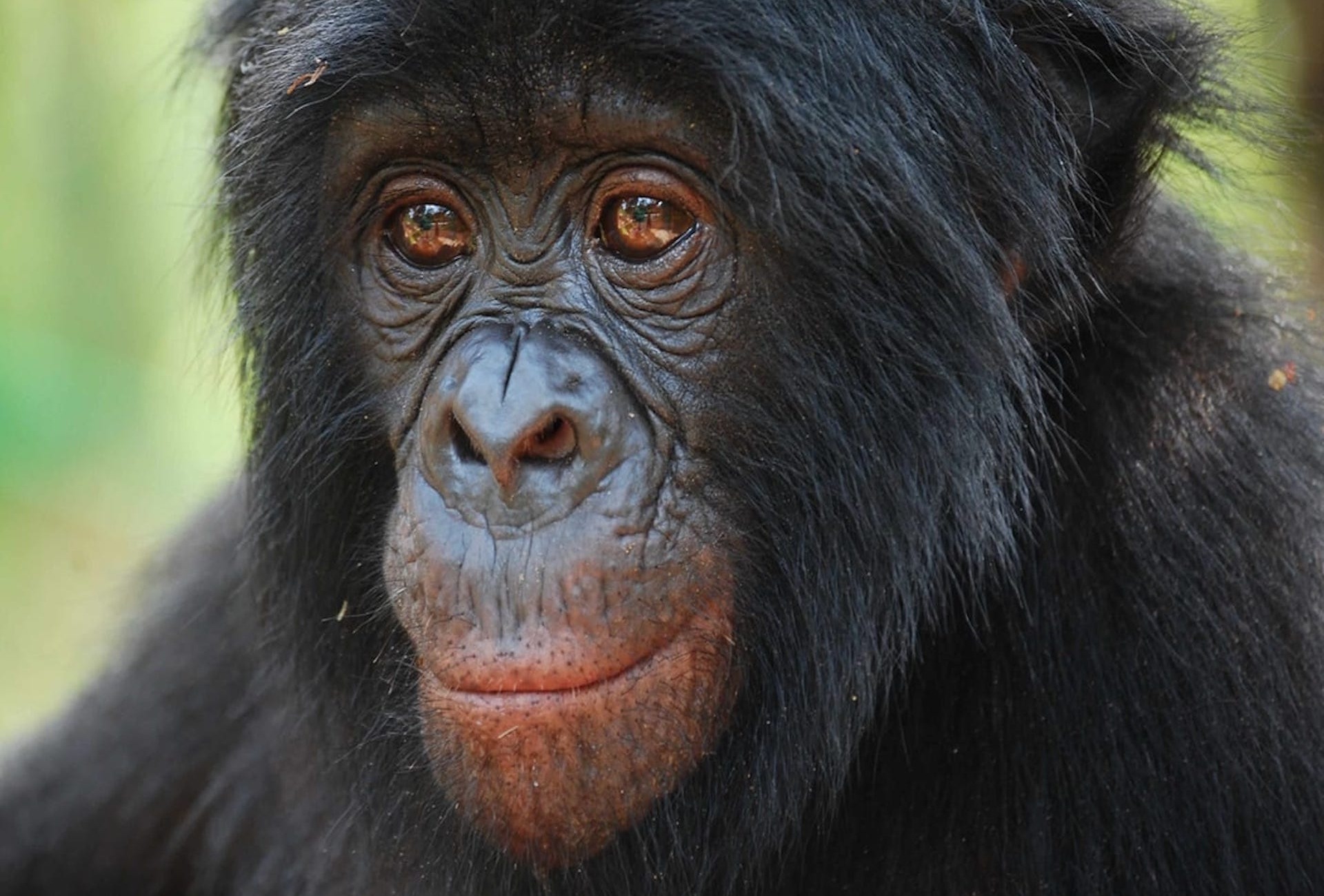
Creation of a Bonobo Reserve in the Congo
Support More Work Like ThisSupport More Work Like ThisRainforest Trust and local partner Amis des Bonobos du Congo seek $481,345 to create the 93,907-acre Ekolo ya Bonobo Community Reserve.
-
Species at Risk
Slender-snouted Crocodile (CR), Bonobo (EN), Grey Parrot (EN), Ebony (EN)
-
Carbon stored
18,606,794 mT*
*(metric tons of CO2 equivalents) -
Partner
Amis des Bonobos du Congo
-
117,412 Proposed Acres Conserved by
Designation
-
Project Cost: $481,345
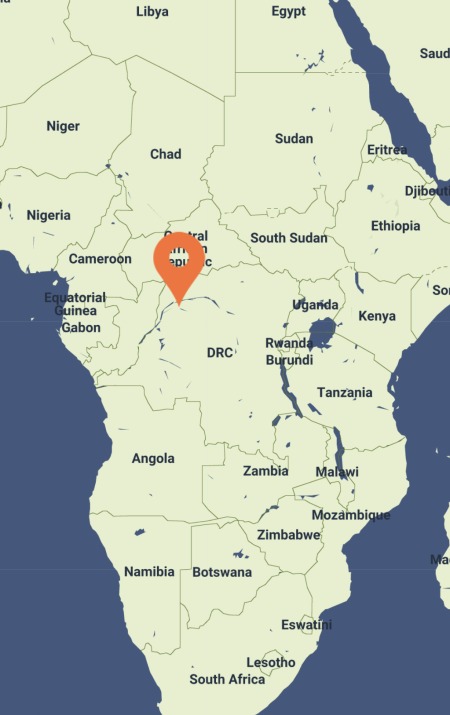
117,412
Rainforest Trust and local partner Amis des Bonobos du Congo seek $481,345 to create the 93,907-acre Ekolo ya Bonobo Community Reserve.
-
Species at Risk
Slender-snouted Crocodile (CR), Bonobo (EN), Grey Parrot (EN), Ebony (EN)
-
Carbon stored
18,606,794 mT*
*(metric tons of CO2 equivalents) -
Partner
Amis des Bonobos du Congo
-
117,412 Proposed Acres Conserved by
Designation
-
Project Cost: £361,913

117,412
The Democratic Republic of Congo (DRC) is home to the Congo rainforest and basin, the second largest tropical rainforest in the world. The Congo Basin has some of the highest biodiversity levels on Earth but is still one of the least protected and most vulnerable forests. As the DRC emerges from decades of political conflict, the country faces the challenge of protecting its most threatened ecosystems. But new laws offer communities the legal right to partner with conservation groups in managing their own forests. So conservationists now have the opportunity to save forests and protect wildlife while expanding community self-governance.
Rainforest Trust and local partner Amis des Bonobos du Congo seek $481,345 to create the 117,412-acre Ekolo ya Bonobo Community Reserve. This strategic reserve will secure long-term protection of great apes and other threatened species dependent on the region’s forests. This area of mostly swamp forest is home to wild Bonobos and is the world’s only Bonobo reintroduction site. The project will train anti-poaching patrols with the legal right to prosecute hunters. This work builds on a decade of Bonobo reintroduction and conservation in the Equateur Province. This project is a critical step forward for great ape conservation since the protected area will sustain both wild Bonobos and future reintroductions of rehabilitated Bonobos rescued from wildlife trafficking.
Explore the Democratic Republic of Congo
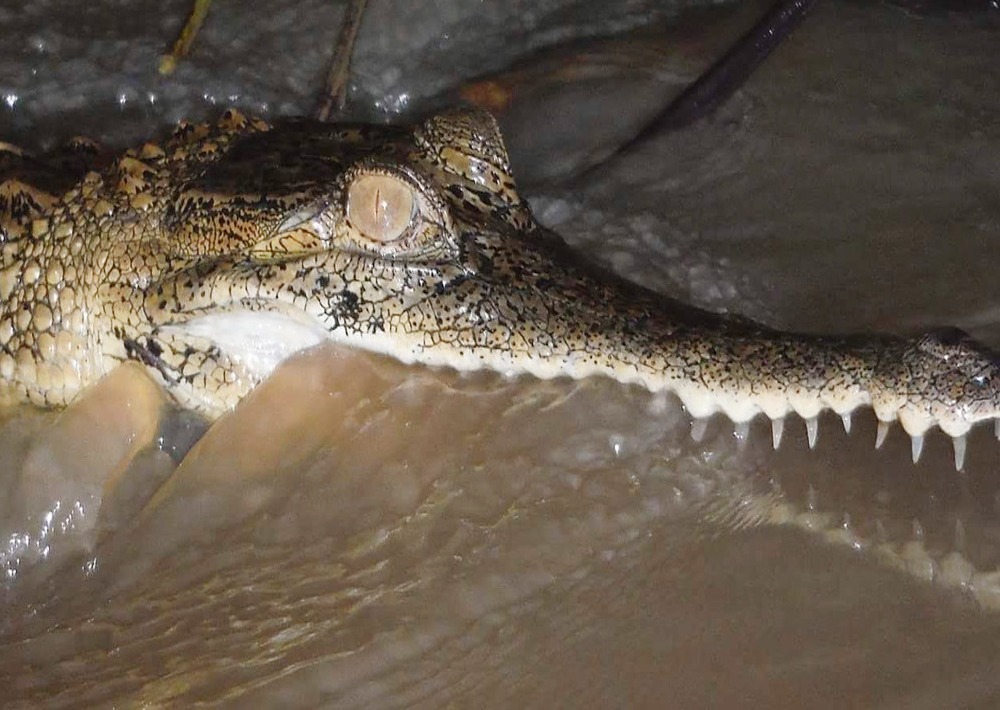
The Critically Endangered Slender-snouted Crocodile, courtesy of CEM
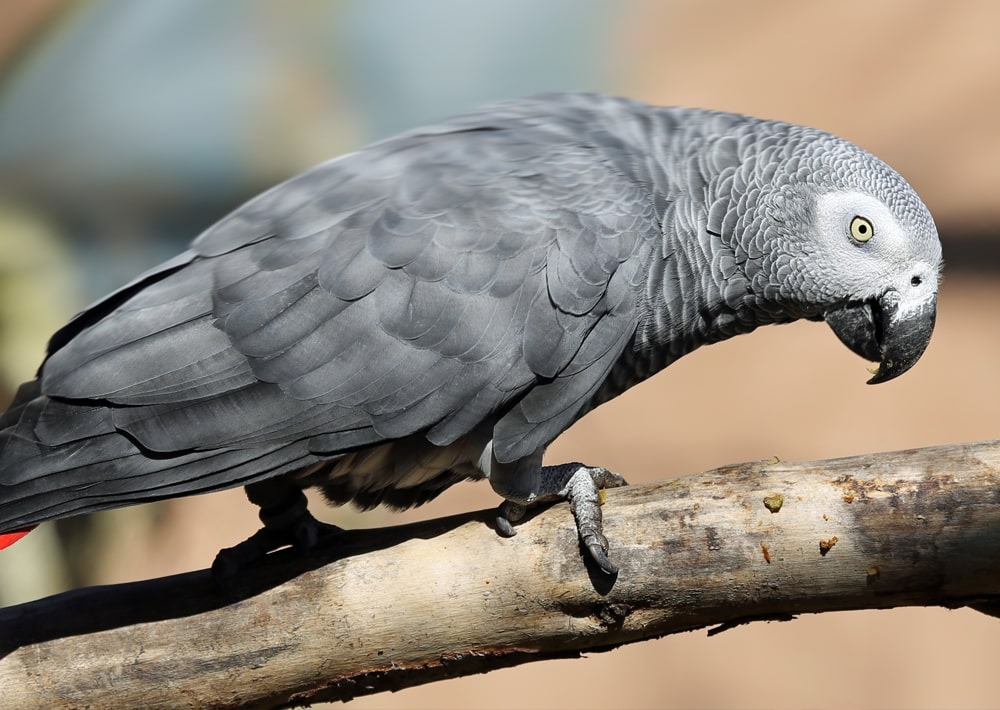
The Endangered African Grey Parrot, by Henner Damke/shutterstock
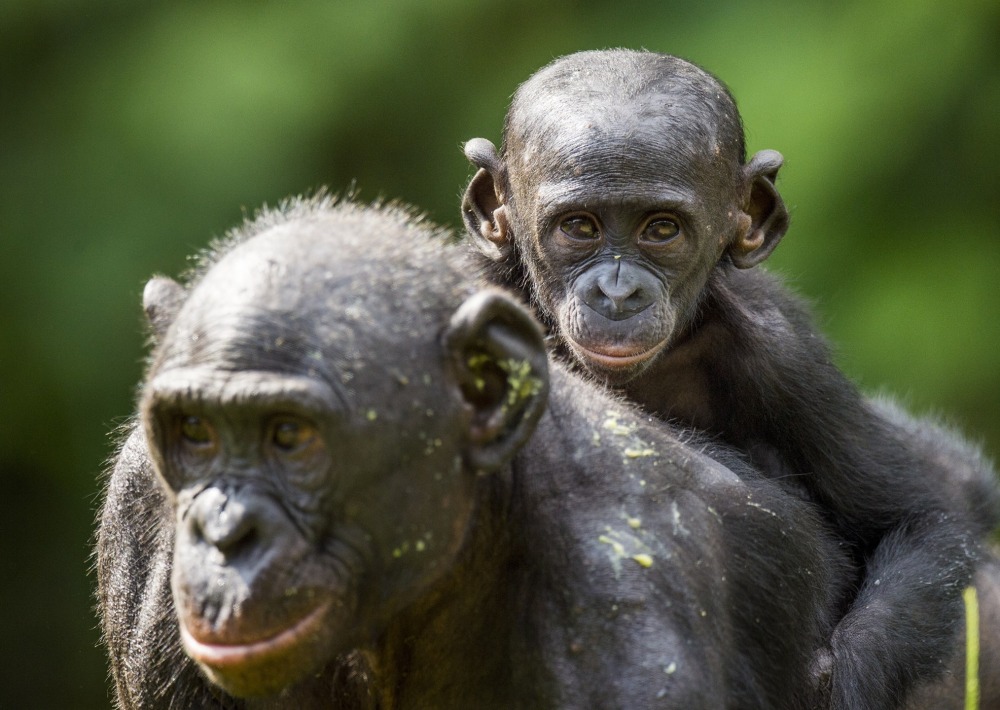
Endangered Bonobos, by Sergey Uryadnikov/shutterstock
Biodiversity
The proposed Ekolo ya Bonobo Community Reserve has pristine forest habitat that is home to a diversity of unique flora and fauna.
Resident species include Bonobos, Giant Ground Pangolins, Leopards, Grey Parrots and three of the DRC’s four crocodile species. The rich flora community includes at least 209 plant species from 61 families, including several tree species with high carbon sequestration potential. This wildlife diversity is a testament to the forest’s healthy ecosystem and high ecological value. The habitat is about 75 percent swampy or seasonally inundated forest with islands of dry primary and old secondary forest. But the area is remote, uninhabited and difficult to access. Hence, human activities impact only 3-4 percent of the forest.
Challenges
One of the most significant threats to wildlife in the DRC is bushmeat hunting. Bonobos have not been the direct targets of poaching in the area thanks to local taboos and the educational impact of Bonobo reintroduction over the past decade.
But poachers hunt other endangered species, such as crocodiles, monkeys, antelopes and smaller animals, for meat. Poachers also capture Grey Parrots and monkeys for sale into the pet trade. In this mostly uninhabited swamp forest environment, the majority of hunters come from outside the region. But traditional community leaders have limited influence to enforce protection commitments.
Communities
The proposed protected area covers forest customarily owned by the Ilonga-Pôo, Baenga and Lisafa communities. But no permanent settlements lie within the boundaries of the reserve. The Lopori and Matoku rivers separate the villages and the urban center of Basankusu from this forest.
The DRC suffers from widespread poverty, a result of decades of conflict and government neglect of infrastructure and public services. Hence, the country’s inaccessible interior communities, such as the villages surrounding Ekolo ya Bonobo, have had to fend for themselves. Many residents make a living from traditional fishing or small-scale and inefficient cassava cultivation. Forest resources might supplement a family’s few chickens or ducks. But these options don’t always offer adequate diets or a living income. Over the past decade, community involvement in Bonobo reintroduction has led to tangible benefits, such as support for the region’s 21 primary schools and four clinics/maternity wards. Bonobo reintroduction projects have also promoted new food and income sources as an alternative to using forest resources. But creating a protected area is a commitment to addressing the communities’ priority socio-development needs.
Solutions
A feasibility grant from Rainforest Trust has allowed Amis des Bonobos du Congo to consult with the three local communities on the project. This initial work confirmed their interest in dedicating this land to conservation.
These communities are the customary owners of the Ekolo ya Bonobo reintroduction site and surrounding forest. Hence, the partner will petition the DRC’s Institute for Wildlife Conservation (ICCN) on behalf of these three communities to establish a Community Reserve. This reserve will bring over 117,412 acres of this critical swamp forest environment under official protection. Creating a protected area will also enable the partner to work with ICCN to train local eco-guards on law enforcement and hunter prosecution. The project will set up and expand patrols in the proposed protected area. It will also monitor wildlife over time and investigate biodiversity hotspots of conservation interest. The results of species surveys will inform complementary conservation education efforts. But only significant and sustainable improvements in the communities’ standards of living will ensure long-term protection of the region’s biodiversity. Hence, the project will carry out community-led socioeconomic interventions. The project will also investigate partnerships with the private sector in equitable ecotourism.
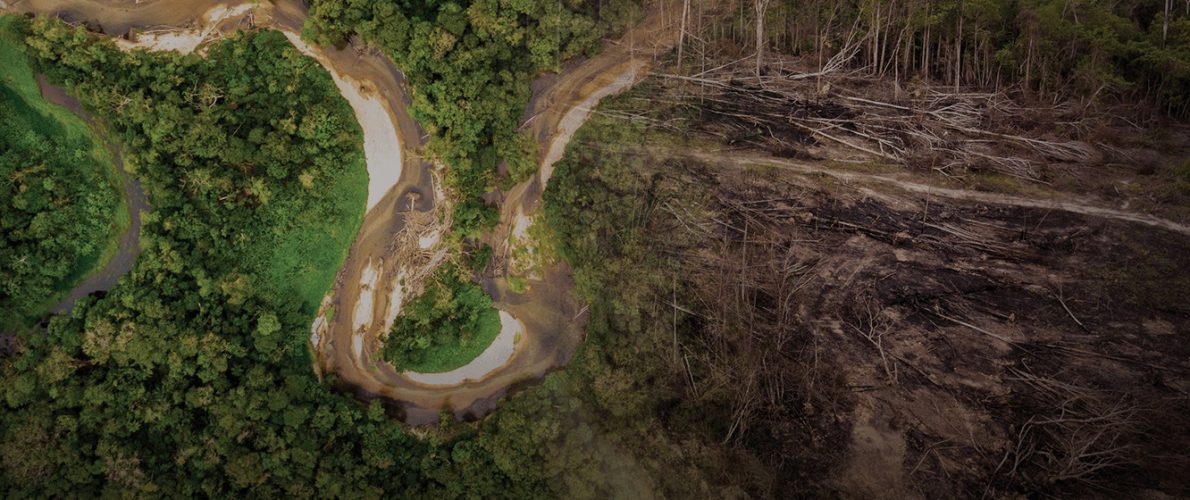
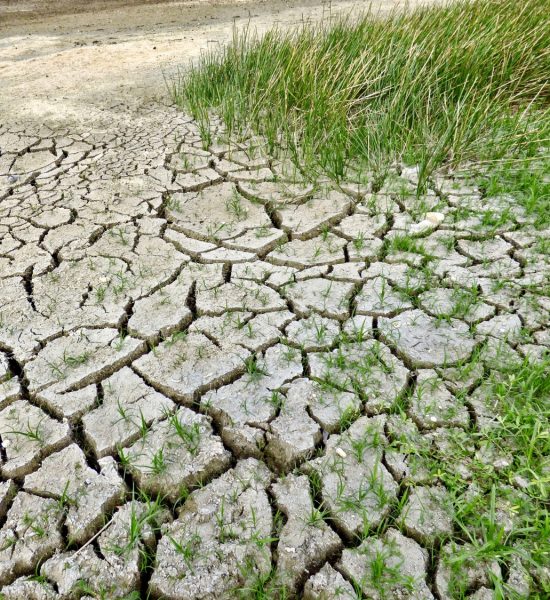
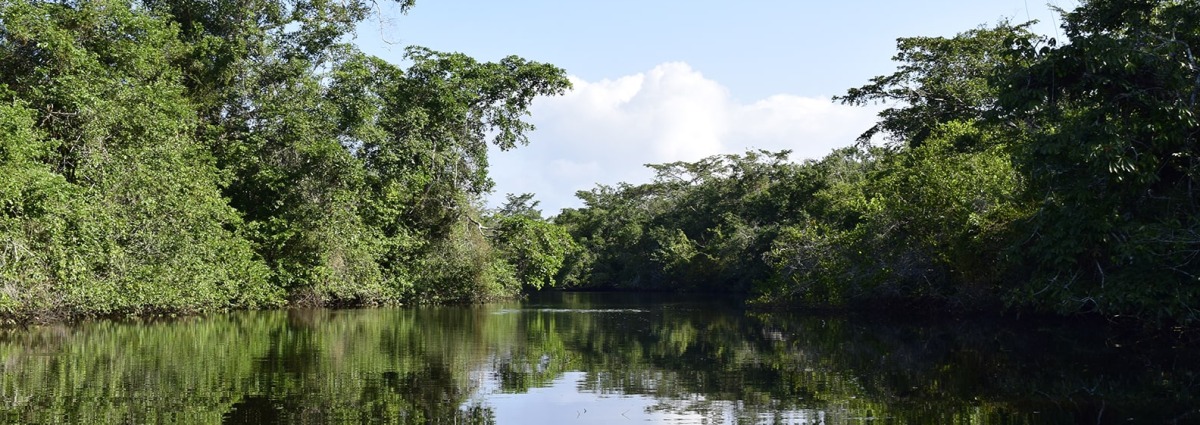
Partnering to Save Rainforest
Our partners’ ability to work with their governments and build strong connections with local communities ensures the successful implementation of our projects.
Learn More About This PartnerLearn More About This Partner
